| Lesson 2: Brand building: What is the bottleneck? Lesson 1: The silence of Vietnamese rice |
Experience of other countries
Italy, a country with a long-standing food industry with diverse, world-famous products, has been very successful in implementing the National Program to promote the Italian food industry - "The Extraordinary Italian Taste" for the entire food industry of this country.
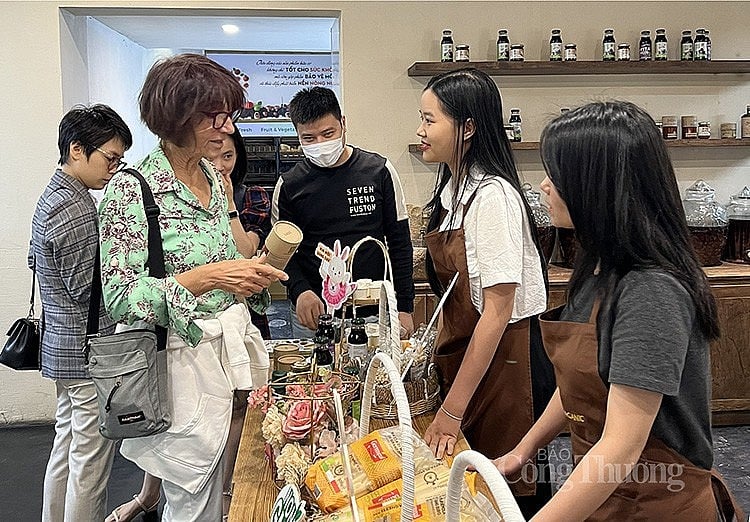 |
Italian Organic Week in Vietnam - "Italian Organic Week in Vietnam" from October 23 to November 1, 2023 |
The Italian government has devoted resources to strongly promoting the Program all over the world from Europe, America to Asia, including Vietnam. The general promotional approach for the entire food industry of this country comes from the fact that the structure of the Italian food industry includes many small and medium-sized enterprises.
This choice helps the country focus resources on highlighting the image of a food powerhouse, while helping small and medium-sized enterprises benefit from the overall image, spending time, human resources, and material resources to invest in improving product quality and creating new products.
The Korean government identifies the Korean food industry as one of the foundations for the development of Korea in general and Korean culture in particular. Accordingly, Korea also builds a national brand for the food industry, with the common brand "Hansik - The Taste of Korea", aiming to make Korean food one of the five most popular foods in the world.
Along with that, the number of Korean restaurants abroad is increasing rapidly, estimated to reach 40,000 in 2017. Not only that, the development of the food industry helps boost business opportunities for the agricultural, fishery, restaurant, tourism and cultural sectors of this country.
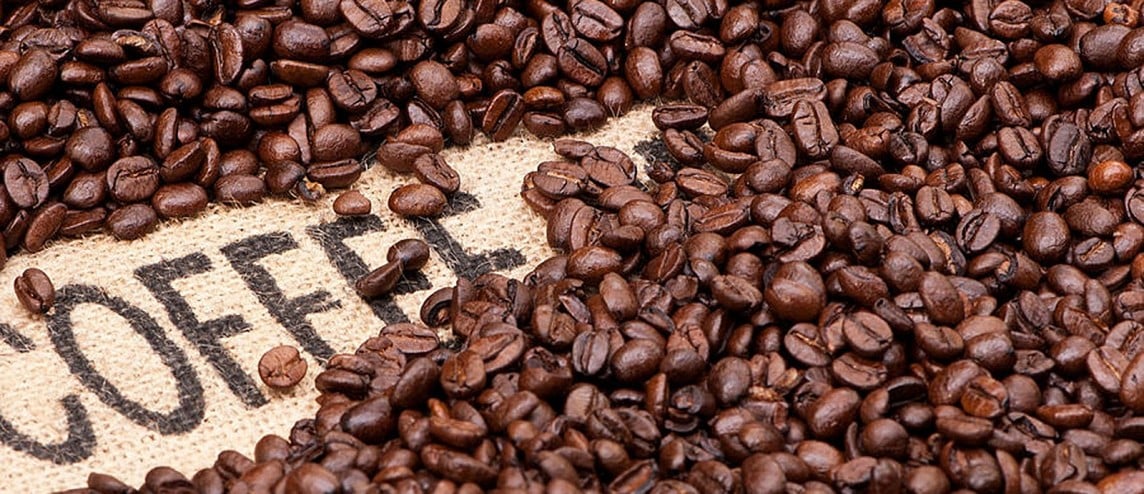 |
| Caffe de Colombia is a Colombian national brand for coffee products. |
Caffe de Colombia is a national brand of Colombia for coffee products. This brand represents the values of the product in terms of origin, quality and traditional process contained in the product. The Colombian coffee brand is a value of prestige, the guarantee of the Colombian state to consumers around the world about the characteristics of coffee.
In Southeast Asia, Thailand also focuses on building national brands for key agricultural products. The government prioritizes investment in building and developing national brands in the food industry.
From the national brand "Thailand - Kitchen of the world" with the desire to make Thailand the Kitchen of the world, the growth rate of food exports of this country is at a very impressive figure of 10%/year. Currently, Thai food is ranked 4th (after Italy, France and China) in terms of recognition among diners in the world, which also contributes significantly to promoting tourism and trade in this country.
With specific products, Thailand has been successful in building national brands for products, especially those that are their own. The THAI'S RICE brand is the national brand of Thailand used for many products such as: Thai Hom Mali, Thai Pathumthani (2 products in the national brand of rice). The national brand "THAI'S RICE" is the Thai Government's guarantee of product characteristics, including quality, origin, tradition... for consumers around the world. This brand is managed by the Department of Foreign Trade, Ministry of Commerce.
Thailand builds brand awareness based on the reputation of quality, taste of Thai rice in the market and the overall image of Thai rice, improving quality and varieties to differentiate from competitors. Most importantly, the Government and the private sector have cooperated to promote the quality and taste of Thai rice in the world market.
Lessons for Vietnam
National brands are used by countries as a tool to help businesses develop production and improve competitiveness in the product market through large-scale, influential promotional and introduction programs.
At the same time, there are policies and solutions to manage, control and maintain the stability and reputation of the brand. It brings benefits to many subjects, not limited by characteristics of subjects, forms of ownership or cultural factors, economic and social conditions.
 |
| Where is Vietnamese rice brand on the world map? |
Mr. Ho Quang Cua - the "father" of the "world's best rice" (ST25 variety) - said that Thailand has been building a national brand since 1998. Up to now, they have upgraded and revised the "version" six or seven times, and each time they revise, they upgrade to a more stringent and tighter standard. "Under the shadow" of the national brand, they build standards, and only businesses that follow the standards can use the national brand.
Experience from Thailand, Mr. Ho Quang Cua said, in Thailand, they classify Hom Mali rice as national fragrant rice, the lower level is called fragrant rice. These two levels represent two completely different values. One is priced at 1 USD/kg, the other is around 50-60 cents/kg. If there is no distinction, it will be a horizontal progression. Therefore, Mr. Ho Quang Cua proposed that the national rice brand is the most quintessential product of the country. Building a national rice brand needs to be done by the State, it should not be assigned to the association, because each association has a different variety, leading to a horizontal progression. Building a brand needs to have a focus, a key point.
According to Ms. To Thi Tuong Lan - Deputy General Secretary of the Vietnam Association of Seafood Exporters and Producers (VASEP), Vietnam has three products that can be piloted for national brands: rice, coffee and seafood, because these are three products that "reach a unique level in the world". Particularly for seafood, it is necessary to brand tiger shrimp because this is a special product of the country, not available anywhere else, while whiteleg shrimp has to compete strongly with India and Ecuador.
Both are durians, but the Musang King variety from Malaysia grown in Vietnam is being sold for 500,000 - 800,000 VND/kg. Meanwhile, the RI6 durian variety from Vietnam, although its quality is considered to be no less, is only priced at around 100,000 VND/kg at most. This is the difference between a branded product and one that is not, or has a brand but is not strong enough.
A ginseng root costs very cheap, only a few dollars, but Korea does not sell that ginseng root but creates a whole ecosystem of promotion. The government sponsors prestigious ginseng exhibitions that any tourist group coming to Korea must definitely visit to hear the story of Korean ginseng and buy products made from ginseng. Along with that, Koreans also focus on recommending the benefits of Korean ginseng to all countries, promoting it through movies...
Mr. Tran Bao Minh - Vice Chairman of the Board of Directors of Nutifood Company - said that if Vietnamese agricultural brands want to have a position and compete in the international market, they must start by analyzing their advantages. If Vietnamese apples and pears compete with Australia, they will not be as good, but rambutan and durian have many opportunities. If you do not know what the advantages are, it will be very difficult to build a Vietnamese agricultural brand because farming requires land, and land is limited.
National, regional/local brands and corporate brands are parallel value streams. On the one hand, a good national, regional/local brand will bring prestige to the corporate product, on the other hand, the richness and diversity of corporate brands with outstanding local products will contribute to maintaining and expanding the prestige of national, regional/local brands.
Building and developing brands is a direction that is suitable for the product potential, experience and practices of countries so that Vietnamese agricultural products can enhance their value, competitiveness and position in the world market in the context of international integration.
Mr. Tran Thanh Nam - Deputy Minister of Agriculture and Rural Development - said that regarding the issue of building agricultural product brands, there should be a new decree with sufficient legal basis for management, otherwise, if it is only done at the project scale, it is not enough.
| Dr. Phan Van Kien - Director of the Institute of Journalism and Communication, University of Social Sciences and Humanities - Vietnam National University, Hanoi - said that brand positioning is a matter of survival for businesses in the context of globalization. This is a process that needs to be set out right from the beginning and must be carried out continuously during the development stages of the business. |
Final article: Perfecting policies and building agricultural product brands for export
Source




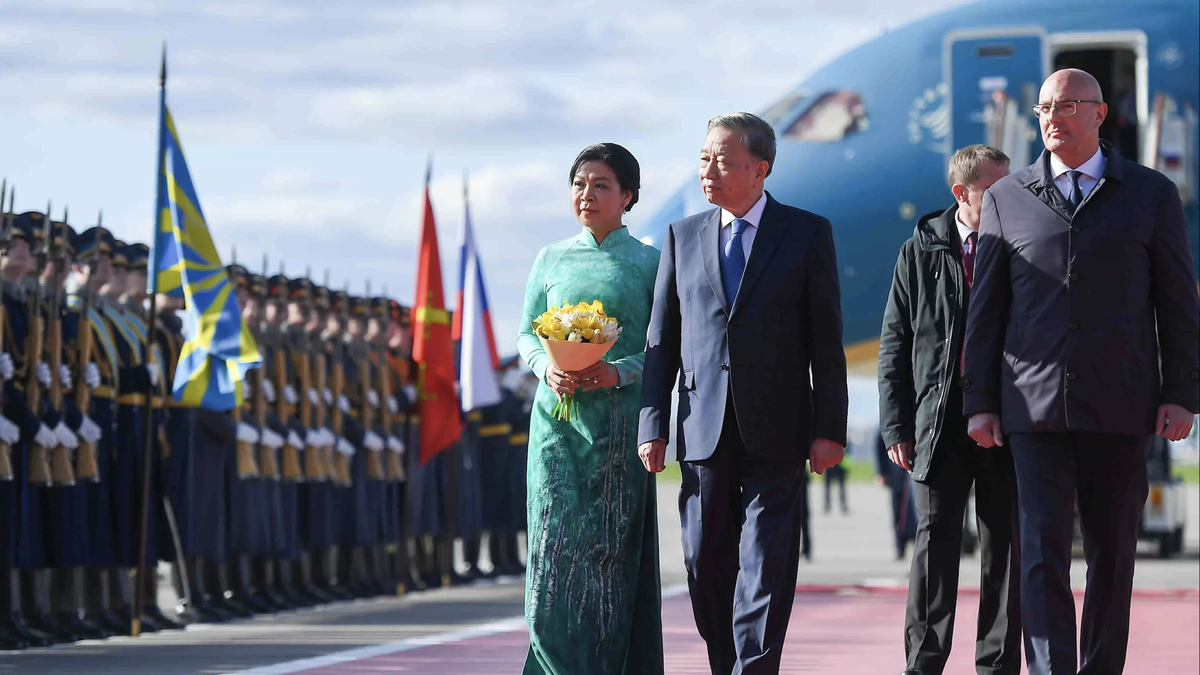

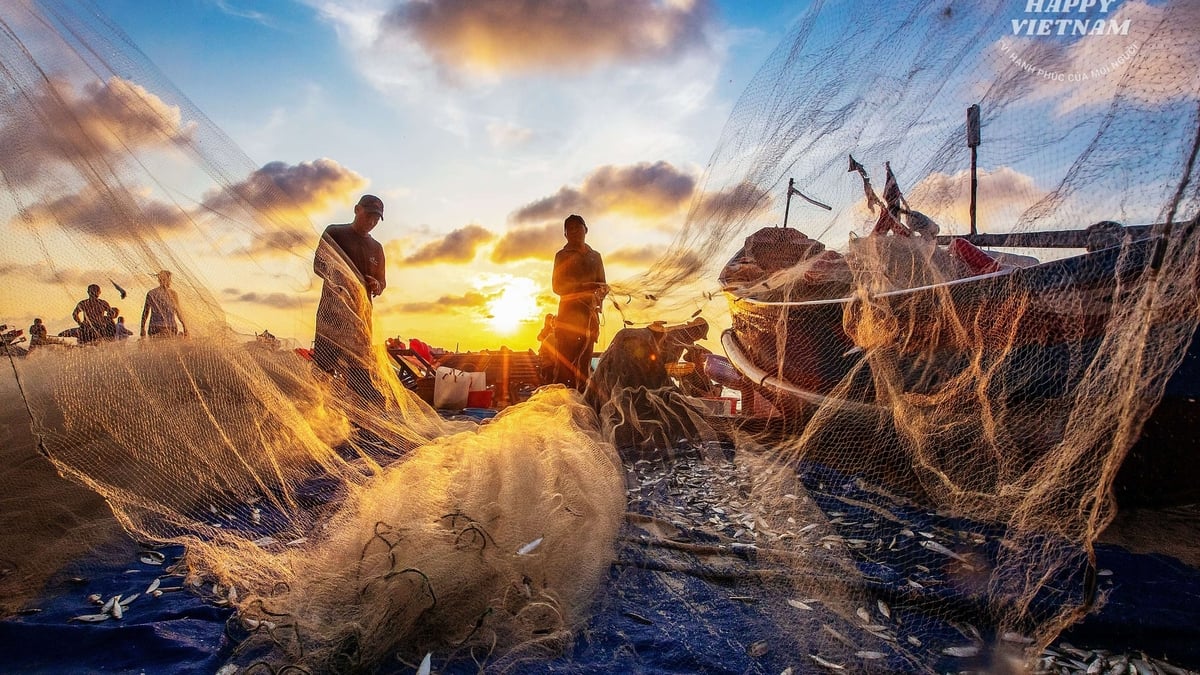
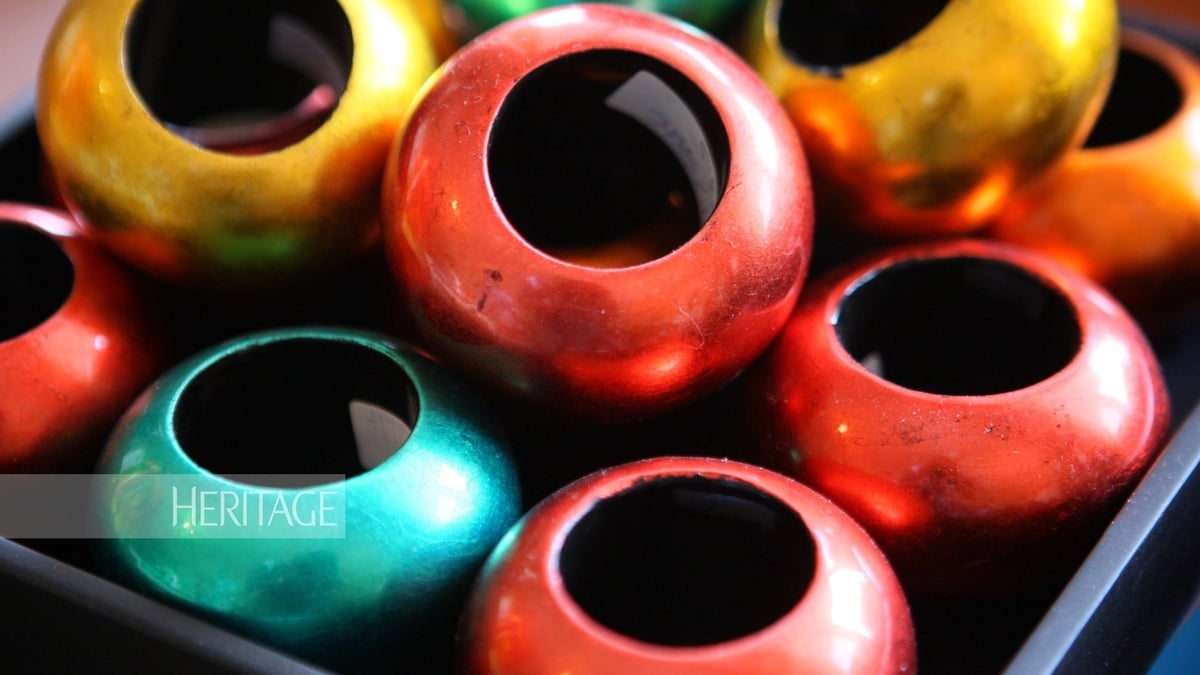
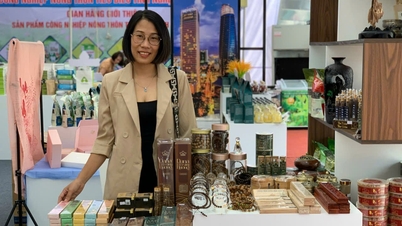



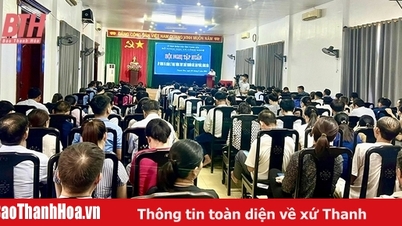




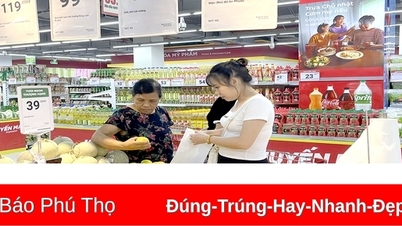

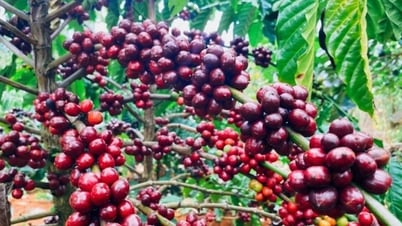
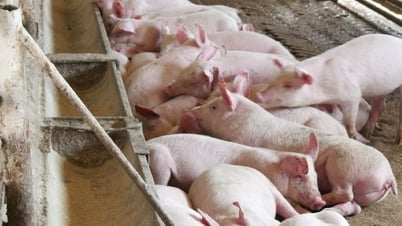

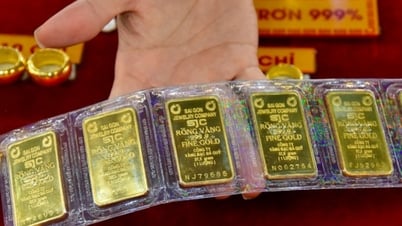

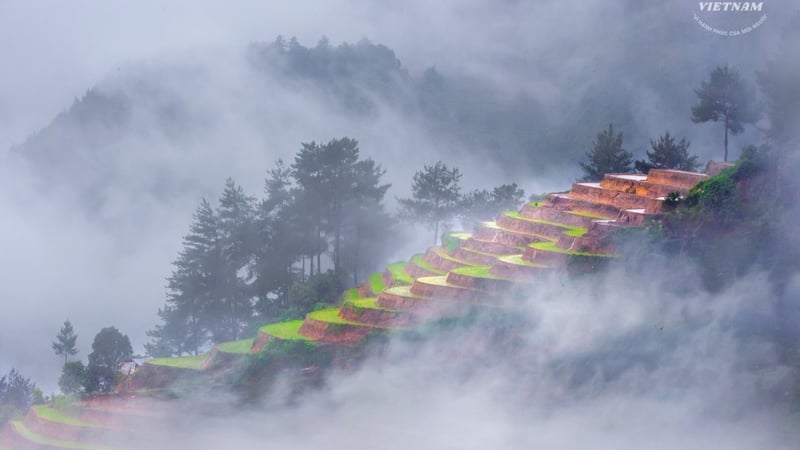
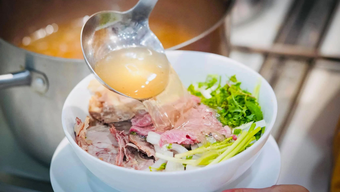

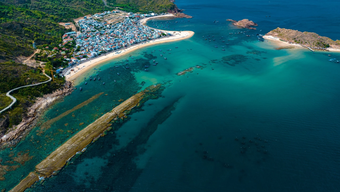
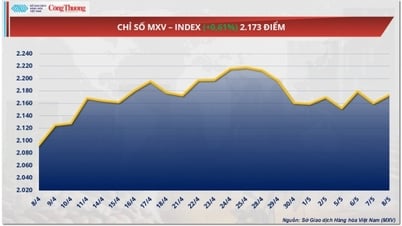
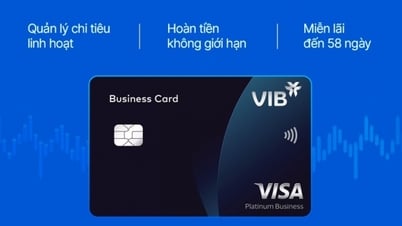

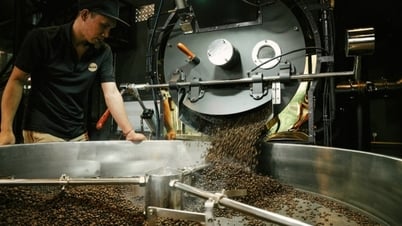
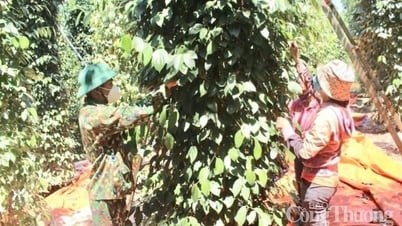
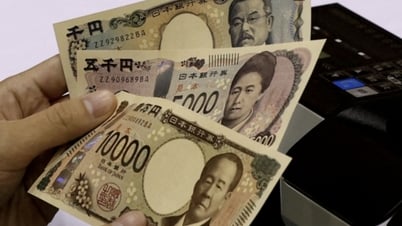

![[Photo] General Secretary To Lam begins official visit to Russia and attends the 80th Anniversary of Victory over Fascism](https://vphoto.vietnam.vn/thumb/1200x675/vietnam/resource/IMAGE/2025/5/8/5d2566d7f67d4a1e9b88bc677831ec9d)
![[Photo] Prime Minister Pham Minh Chinh meets with the Policy Advisory Council on Private Economic Development](https://vphoto.vietnam.vn/thumb/1200x675/vietnam/resource/IMAGE/2025/5/8/387da60b85cc489ab2aed8442fc3b14a)
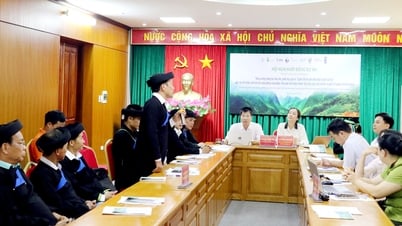





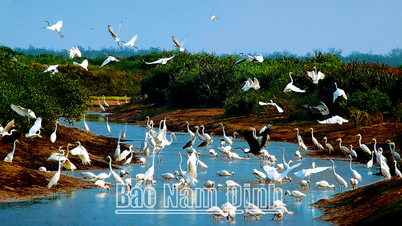

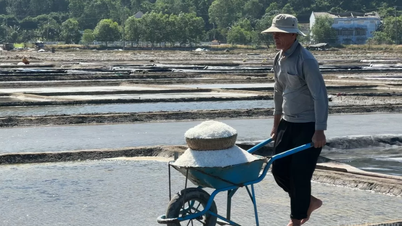
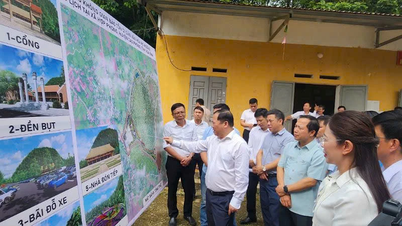



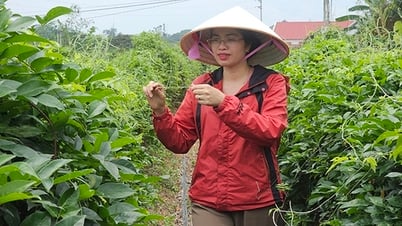
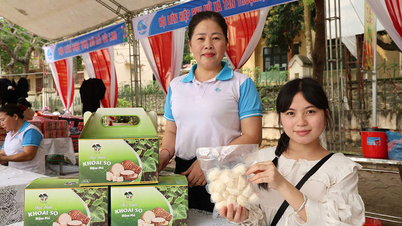
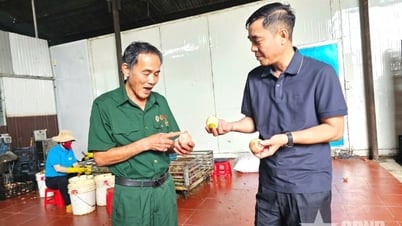








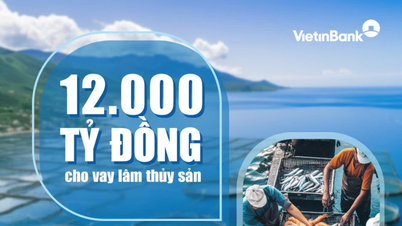



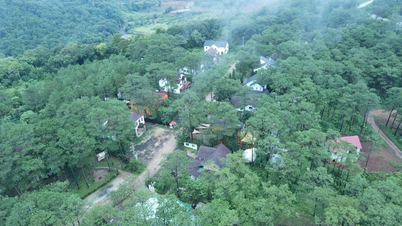




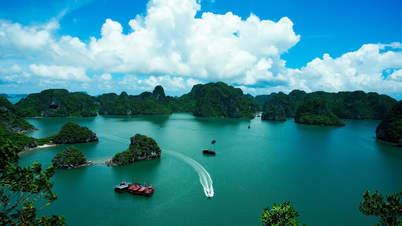




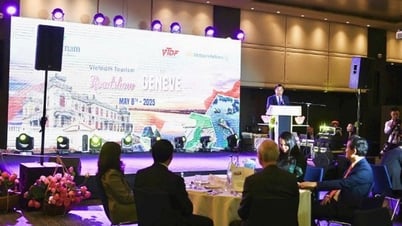



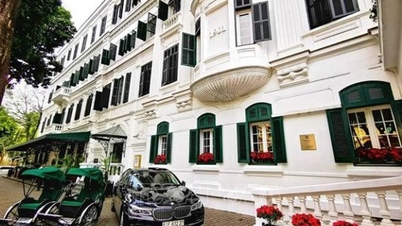
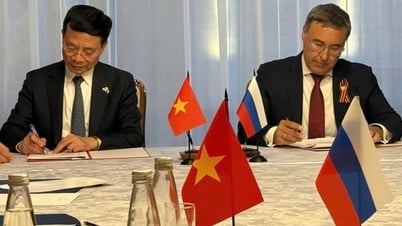

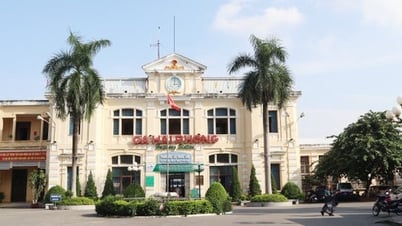
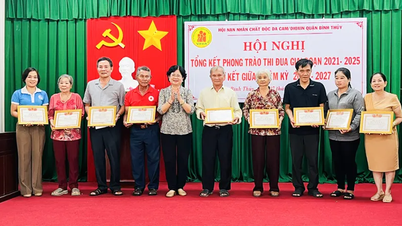



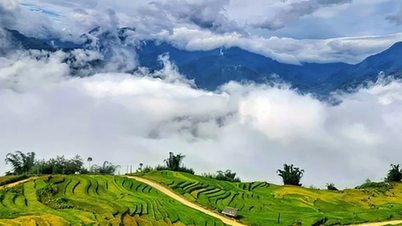







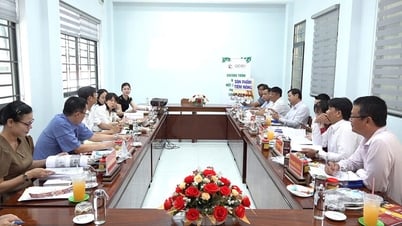

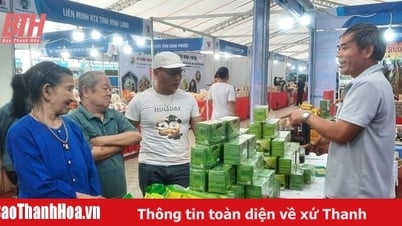

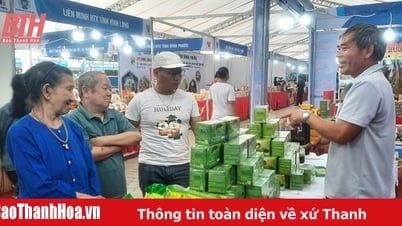
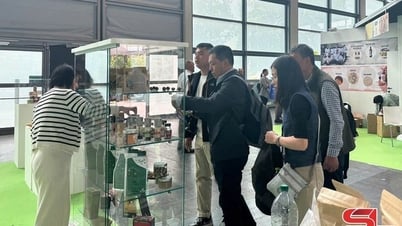

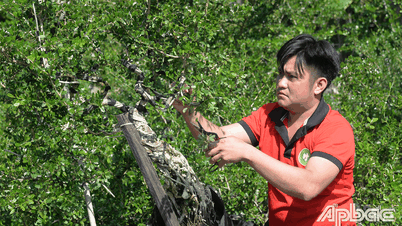

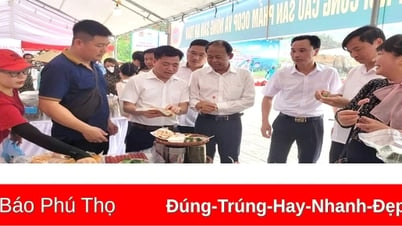

Comment (0)